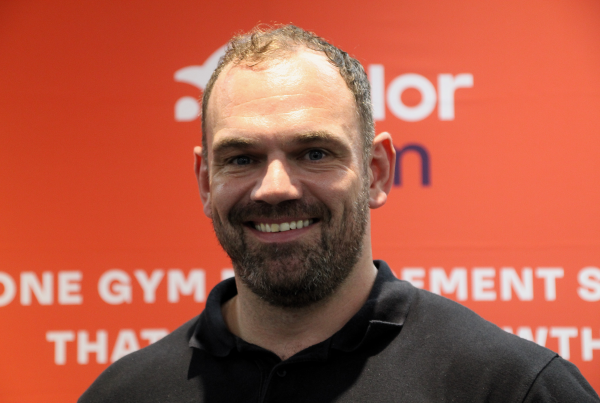A news article on the BBC website caught my eye last week. It reported that academics from the United States had published a study concluding that reducing fat in your diet results in greater body fat loss than reducing carbohydrates. This is interesting not only because the study before that had resulted in the argument that it was carbs, and not fats, that we should be cutting when trying to lose weight, but also because the study actually found both diets to be effective – just one slightly more than the other in this instance.
So in fact if we take this messaging out of the laboratory and apply it to real people, you are better off worrying less about the cellular metabolic processes and net fat oxidation of the specific diets, and thinking about which intervention is your client / patient / member going to be able to build into their everyday life when you consider their social commitments, family responsibilities, working schedule for example. Simply – what can you recommend that is most likely going to elicit a long term change?
As I was considering this I started drawing some strong parallels with physical activity. We have a continual and historical supply of academic research extoling the benefits of various modes, intensities, frequencies, and volumes of activity upon a huge range of physiological and psychological outcomes. In fact my early research focused upon creating specific, evidence based, exercise recommendations for managing and treating high cholesterol and type two diabetes where I attempted to tease out the differing impact of 70% one rep max and 80% one rep max resistance training upon, for example, LDL (bad) cholesterol.
It turns out that technically speaking there is actually a bit of a difference, and if you had asked me then I would have told anybody listening that 80% one rep max is what you should push for if you want to optimally lower somebodies cholesterol. Ask me that question now and I would think very differently about how I answered.
The ukactive Research Institute published an editorial in the British Journal of Sports Medicine earlier in the year arguing that what is perhaps more important than the physiology behind the recommendation is the ability to translate that recommendation into real world practice, and into tangible health and wellbeing benefits for members of local communities.
This is what, in my opinion, we don’t know at the minute, and why I would re-think my approach to lowering cholesterol – we don’t know what mode, frequency, intensity or volume of activity to recommend, and to whom. In a similar fashion to the diets above, we know they all work, but which will people actually do?
The core aim of the ukactive Research Institute is to generate academic publications and conduct research which will contribute to answering the fundamental question – how to get ‘more people, more active, more often’. This question will in time relate as much to economic, social and political factors as to scientific and health factors and each project we undertake will, when completed, be publishable in a peer-reviewed journal article, constitute the basis of a major policy report and insight document, or produce otherwise strategically relevant data.
We are at a pivotal moment for the sector, one at which our future could be either providing the solution to the current woeful state of the nation’s health and of the NHS’s finances, or one in which we could inadvertently hand even greater power the pharmaceutical industry, with all that this would entail for public health, for health inequalities, and for the economy.
At ukactive we want to help those who are doing the incredible work in getting the people of the UK more active to be recognised for what they are doing. We want to engage with you to help generate data that will help us, and the wider public health community, understand what works in reducing physical inactivity.

More People More Active More Often




